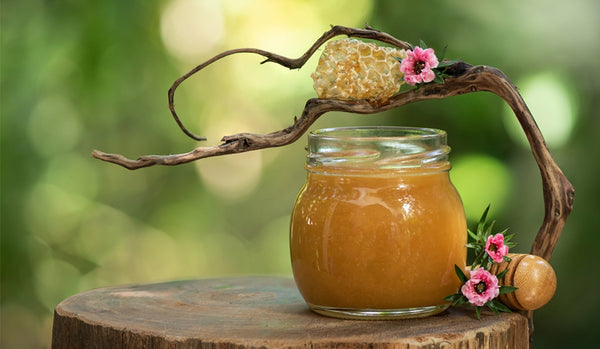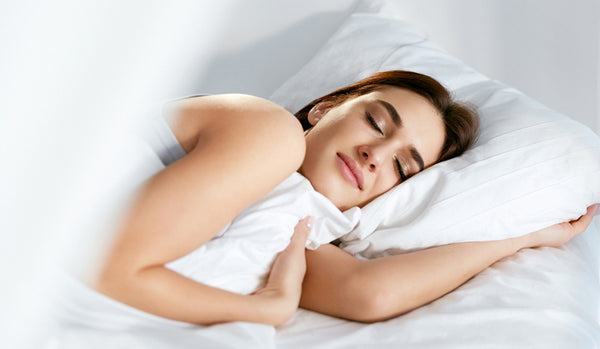Bee Venom: Benefits & Uses for Skin

Getting stung by a bee is nobody’s idea of fun – especially not if you’re allergic to bee stings – but bee venom has some surprising health benefits, especially for your skin.
Bee venom – really?
That's right, a bee injects a liquid "poison" out of its stinger. We've barely begun to explore the potential health benefits of bee venom, but the advantages of other bee products, including Manuka Honey, are widely documented.
Don't worry though, you won't need to get stung by bees to reap the benefits. Although there is a treatment for this, called apitherapy, bee venom is typically extracted from bees and combined with other active substances in beauty products.
Doesn’t that harm the bees?
A bee's barbed stinger penetrates the skin and produces venom when it stings a large mammal, such as an animal (or ourselves). The barb is torn loose and the bee dies as a result since it cannot be drawn back in. However, the bees are protected as the bee venom is harvested for Wild Ferns Skincare in a compassionate manner.
Near the hive, a glass pane with a very slight electrical current passing through it is put. Bees are drawn to the electronic signal, and after stinging the glass and depositing poison, they fly away. They retain their barbed stinger and their lives because of the smooth glass, and the venom is only recovered when it is dry..
The skin-boosting benefits of bee venom
Bee venom is used in skincare products with the intention of tricking the skin into believing it has been stung. Theoretically, this stimulates collagen and elastin formation as well as improves blood flow to the area, bringing in new oxygen and nutrients. There is now credible science to support it.
Bee venom increases collagen production
In numerous ways, bee venom raises the collagen levels in the skin. The first is that it prevents the breakdown of collagen and elastin fibres caused by matrix metalloproteinases (MMPs), a class of enzymes produced by exposure to sunlight, stress, smoking, and environmental toxins. So, firmer, more youthful skin results from less MMP activity.
Collagen formation can also be stimulated by bee venom. According to clinical experiments, it promotes the development of new skin cells, which boosts collagen protein synthesis, the process that produces collagen fibres. Additionally, it hastens the regeneration of injured skin cells, producing even more skin cells. Less fine lines and less obvious wrinkles are the result of the combined actions.
It can soothe acne-prone skin
Melittin, the primary component of bee venom, possesses antibacterial and anti-inflammatory effects. According to a South Korean study by the National Academy of Agriculture, bee venom can treat acne-related inflammation in addition to lowering the amount of acne-causing germs on the skin. According to the findings of a different study, bee venom can lessen furious acne patches in just three weeks.
How bee venom in skincare can help eczema
Although eczema is an inflammatory disorder, bee venom can prove beneficial. According to several studies, bee venom can considerably lessen eczema-related itching as well as the amount and severity of dry skin patches (also known as lesions) on the body. Bee venom-containing emollients, which are essentially medicinal moisturisers, can also lower skin inflammation levels, which may help lessen the frequency of flare-ups.
It’s good for aching muscles
After exercise, you might experience aching arms or legs, known as delayed onset muscle soreness (DOMS). This is caused by low levels of inflammation as muscle fibres repair themselves. Step forward bee venom; evidence shows that an ointment containing bee venom can relieve muscle pain and (when combined with ultrasound) can help muscles recover much faster too.
You can find bee venom in many Wild Ferns natural skincare products here.




